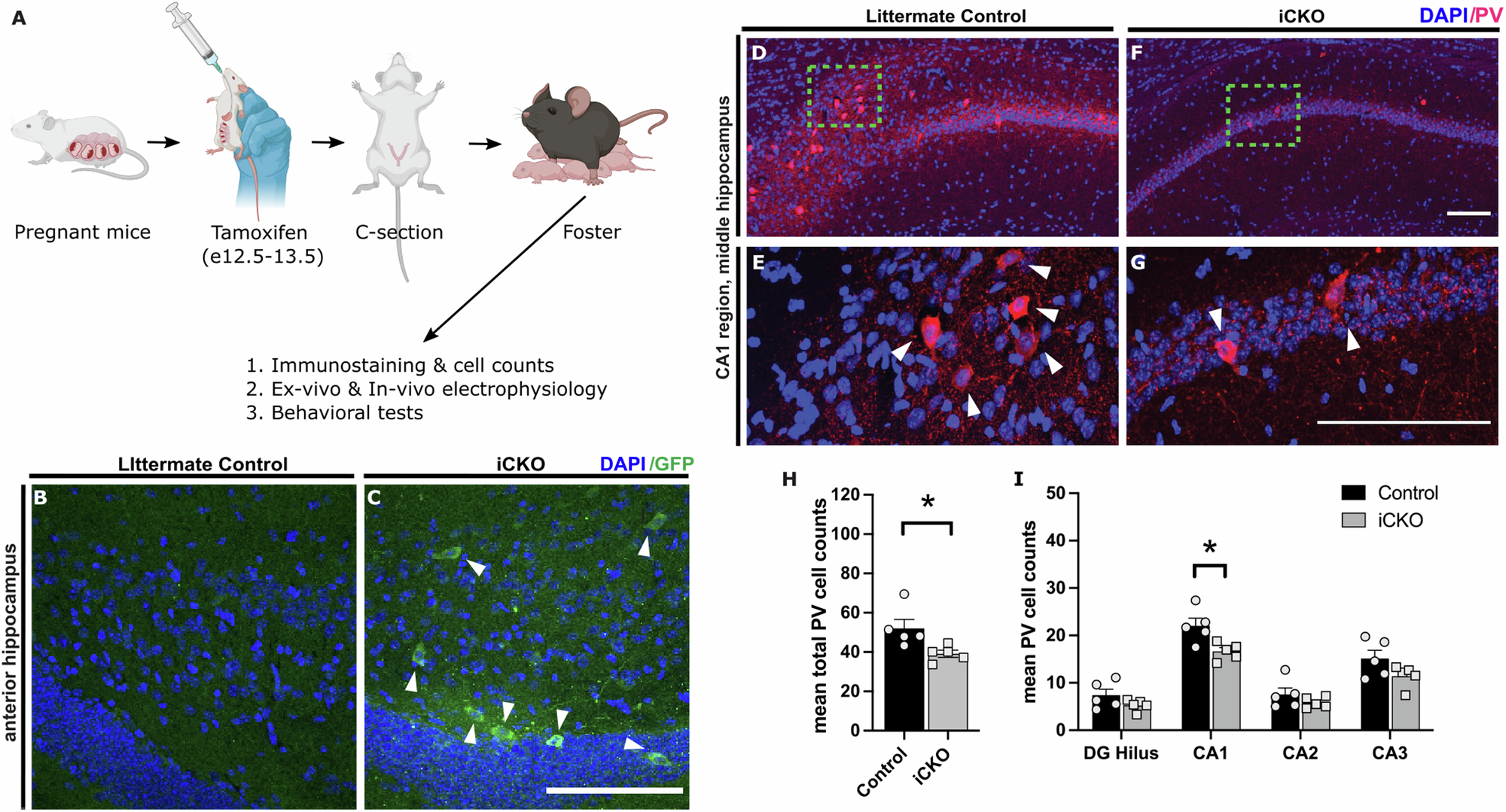2025-01-08 ワシントン州立大学
<関連情報>
- https://news.wsu.edu/press-release/2025/01/08/elderberry-juice-shows-benefits-for-weight-management-metabolic-health/
- https://www.mdpi.com/2072-6643/16/20/3555
エルダーベリージュース1週間摂取は糞便微生物叢を増強し、ランダム化比較試験において耐糖能と脂肪酸化の改善を示唆する A One-Week Elderberry Juice Intervention Augments the Fecal Microbiota and Suggests Improvement in Glucose Tolerance and Fat Oxidation in a Randomized Controlled Trial
Christy Teets,Nancy Ghanem,Guoying Ma,Jagrani Minj,Penelope Perkins-Veazie,Sarah A. Johnson,Andrea J. Etter,Franck G. Carbonero and Patrick M. Solverson
Nutrients Published: 20 October 2024
DOI:https://doi.org/10.3390/nu16203555
Abstract
Obesity is a costly and ongoing health complication in the United States and globally. Bioactive-rich foods, especially those providing polyphenols, represent an emerging and attractive strategy to address this issue. Berry-derived anthocyanins and their metabolites are of particular interest for their bioactive effects, including weight maintenance and protection from metabolic aberrations. Earlier findings from small clinical trials suggest modulation of substrate oxidation and glucose tolerance with mediation of prospective benefits attributable to the gut microbiota, but mixed results suggest appropriate anthocyanin dosing poses a challenge. The objective of this randomized, placebo-controlled study was to determine if anthocyanin-dense elderberry juice (EBJ) reproduces glucoregulatory and substrate oxidation effects observed with other berries and if this is mediated by the gut microbiota. Overweight or obese adults (BMI > 25 kg/m2) without chronic illnesses were randomized to a 5-week crossover study protocol with two 1-week periods of twice-daily EBJ or placebo (PL) separated by a washout period. Each treatment period included 4 days of controlled feeding with a 40% fat diet to allow for comparison of measurements in fecal microbiota, meal tolerance testing (MTT), and indirect calorimetry between test beverages. Eighteen study volunteers completed the study. At the phylum level, EBJ significantly increased Firmicutes and Actinobacteria, and decreased Bacteroidetes. At the genus level, EBJ increased Faecalibacterium, Ruminococcaceae, and Bifidobacterium and decreased Bacteroides and lactic acid-producing bacteria, indicating a positive response to EBJ. Supporting the changes to the microbiota, the EBJ treatment significantly reduced blood glucose following the MTT. Fat oxidation also increased significantly both during the MTT and 30 min of moderate physical activity with the EBJ treatment. Our findings confirm the bioactivity of EBJ-sourced anthocyanins on outcomes related to gut health and obesity. Follow-up investigation is needed to confirm our findings and to test for longer durations.



